Food as a Tool for Diplomacy
Definitions
Gastronomic diplomacy, also known as gastrodiplomacy and cuisine diplomacy, represents the practice of leveraging culinary traditions to foster international relations and cultural exchange.
While these terms are often used interchangeably, each carries its unique emphasis—‘gastronomic diplomacy’ highlights the cultural and heritage aspects of cuisine in diplomatic engagements, ‘gastrodiplomacy’ focuses on the strategic use of food to improve national image and soft power, and cuisine diplomacy often refers to the broader concept of using food as a tool for international diplomacy and dialogue.
Despite these subtle differences, the core idea remains: food serves as a universal language that transcends borders, promoting mutual understanding and respect among nations.
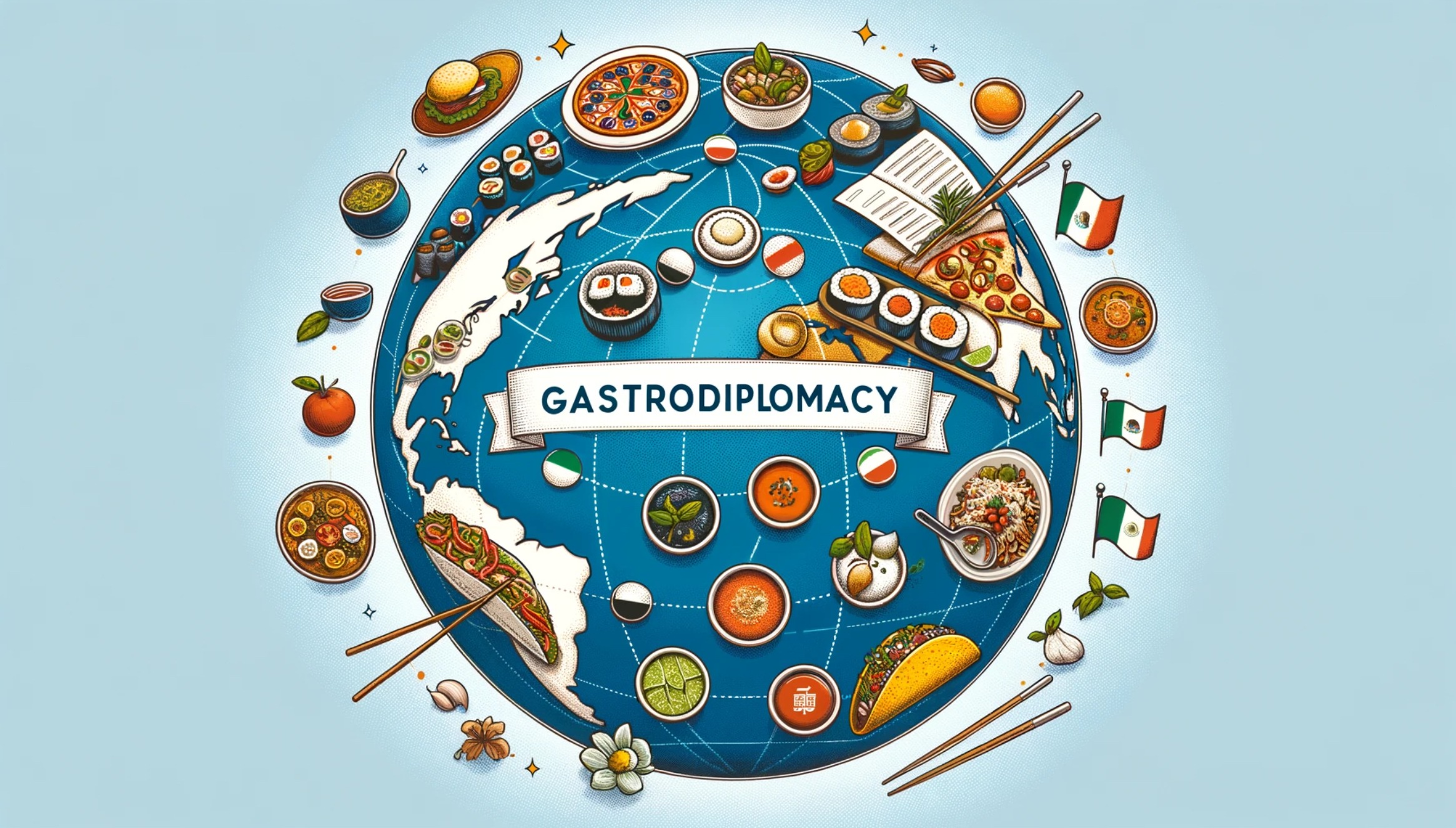
Intro to Cuisine Diplomacy
Gastronomy, the art and science of food, extends far beyond mere sustenance. It embodies the cultural essence and culinary traditions that have been meticulously crafted and evolved through centuries. This combination of flavors, ingredients, and techniques is a universal language, understood and appreciated across all borders and societies. Each dish tells a story, a narrative of the land, climate, and the hands that prepared it, making gastronomy a vibrant tapestry of human civilization.
In international relations, the concepts of Soft Power and Public Diplomacy emerged as pivotal frameworks for understanding how states can influence others. Coined by Joseph Nye, Soft Power refers to the ability of a country to shape the preferences and influence the behavior of others through attraction and persuasion rather than force or payment.
Public Diplomacy, closely related, involves the methods by which a country communicates with foreign publics to establish a dialogue designed to inform and influence. It is here, at the intersection of cultural appeal and international dialogue, that food finds its power as an unparalleled diplomatic tool.
Gastronomy, with its inherent ability to transcend linguistic and cultural barriers, serves as a unique and potent form of cultural expression within the spheres of Soft Power and Public Diplomacy.
Through its universal appeal and deep cultural roots, gastronomy plays an instrumental role in diplomacy and international relations. By sharing the tastes and tales of a nation, gastronomy facilitates mutual understanding, respect, and cooperation among diverse peoples, paving the way for more harmonious global interactions.
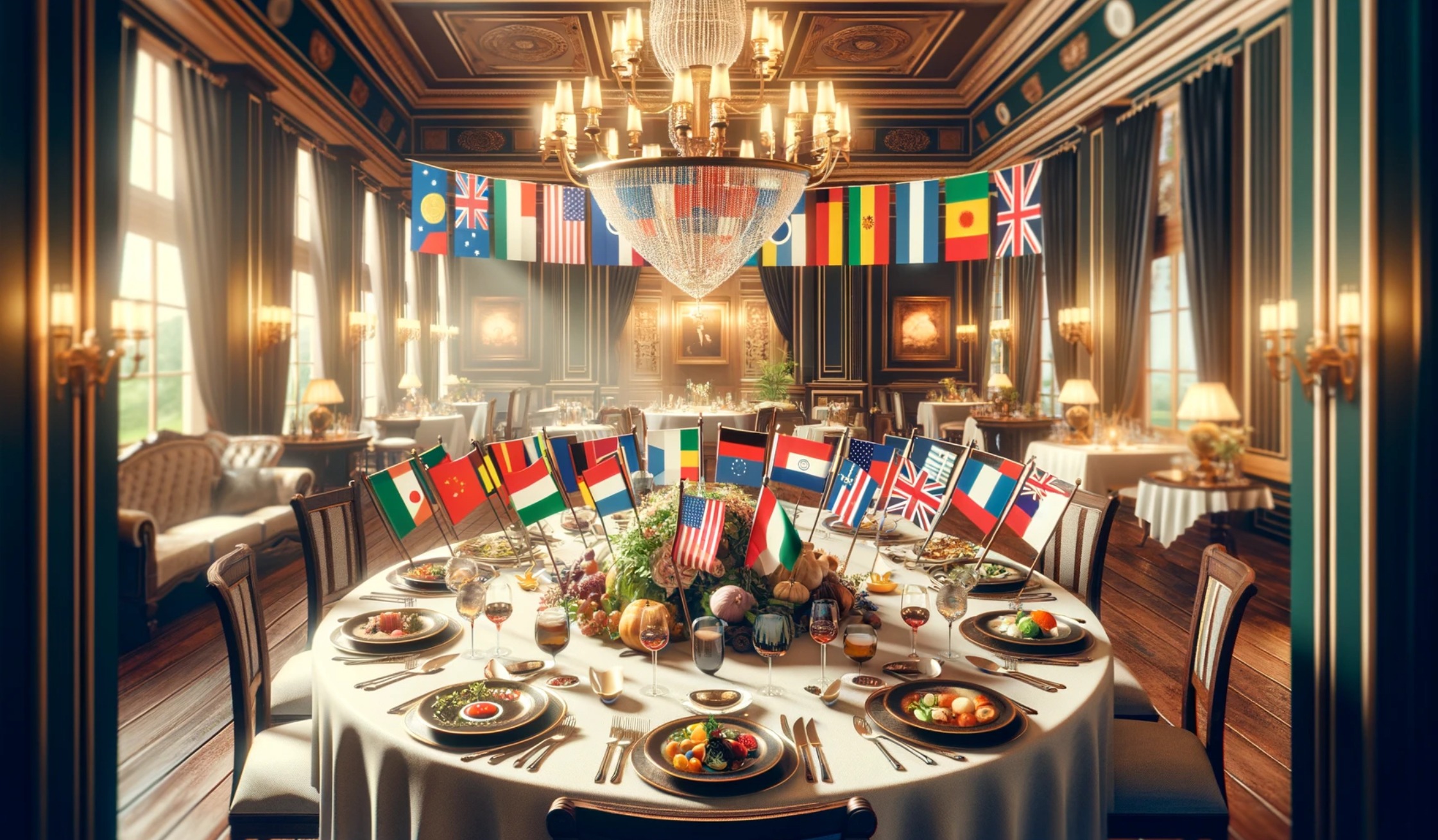
The Essence of Gastronomy in Cultural Identity
At the heart of every culture lies its food, a reflection of its history, geography, and soul. The integral role of food in cultural identity cannot be overstated; it is both a mirror and a bridge. From the hearty stews of Eastern Europe that relate to the region’s resilience against harsh winters, to the delicate balance of flavors in Thai cuisine that represents the country’s rich biodiversity, each dish offers a glimpse into the life of its people.
National dishes and culinary practices are symbolic of a nation’s struggles, triumphs, and ongoing narratives.
Take, for example, Italy’s pasta dishes, which vary significantly from region to region, each telling a different story of local ingredients, historical influences, and culinary innovation. Similarly, Japan’s sushi reflects not only a deep respect for the ocean and its bounty but also an aesthetic sensibility and precision that pervade Japanese culture.
These culinary expressions carry with them the weight of history and the spirit of a people. They encapsulate the struggles of past generations, celebrate the diversity of the present, and carry forward traditions for future ones.
Soft Power and Gastronomy
~ Read more about the types Power in International Relations here ~
In the realm of gastronomy, countries wield Soft Power by showcasing their culinary heritage as a reflection of their culture, values, and image on the global stage. This culinary diplomacy becomes a mouthpiece for a nation’s identity, offering a taste of its history, traditions, and innovations without saying a word. For instance, Japan’s promotion of washoku, a traditional dietary culture, not only led to its recognition by UNESCO but also elevated Japan’s cultural prestige worldwide (UNESCO, 2013).
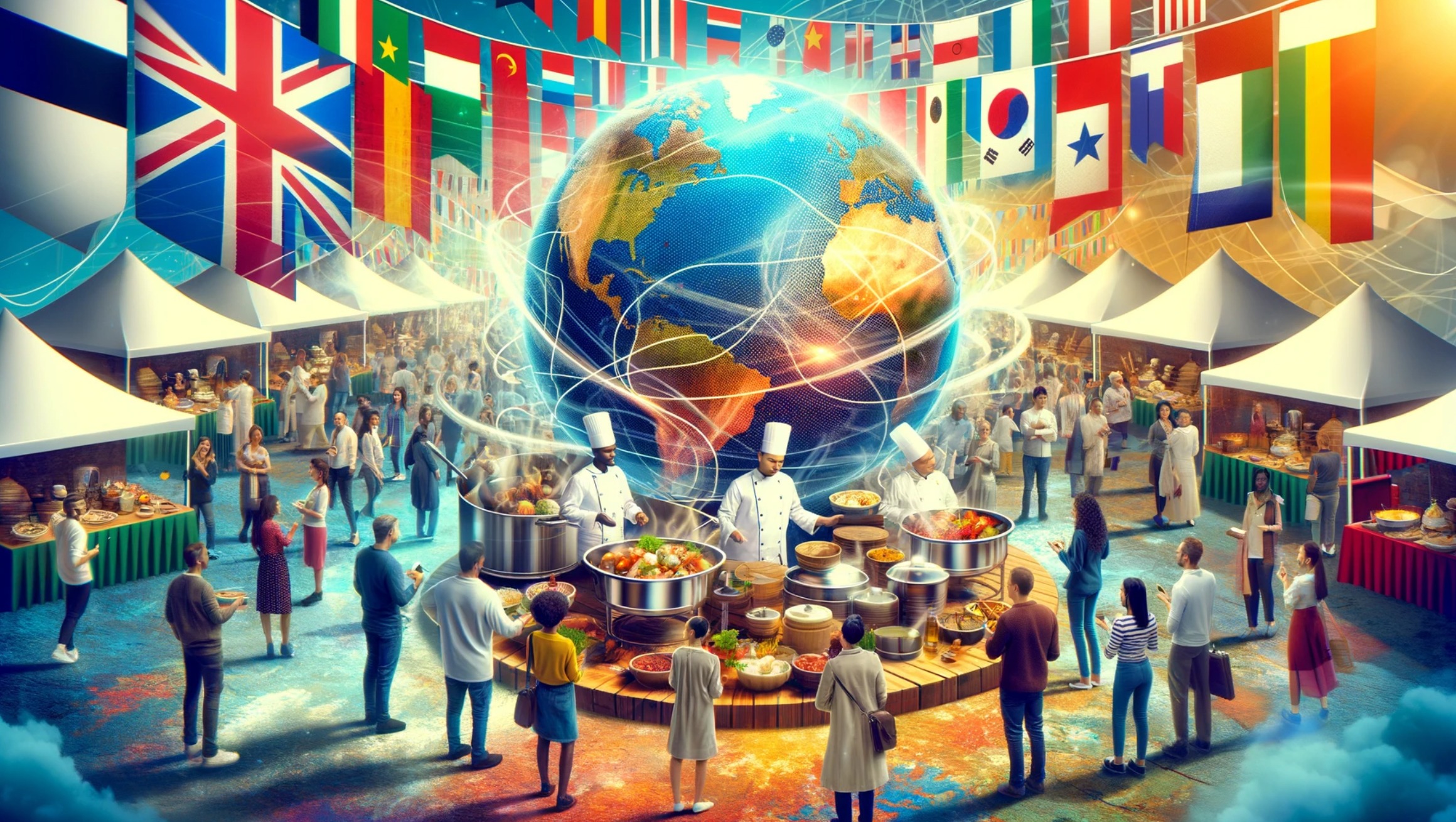
Successful gastronomic diplomacy initiatives highlight this concept. Food festivals, such as the Singapore Food Festival, showcase the island nation’s multicultural heritage through its diverse culinary offerings, attracting international visitors and enhancing its global image. State dinners, another example, are meticulously planned to reflect the hosting country’s culture and culinary excellence, aiming to build diplomatic goodwill. The International Gourmet Festival in Mexico, gathering chefs from around the world, serves as a platform for cultural exchange and promotion of Mexican cuisine on an international scale.
Public Diplomacy through Culinary Exchanges
Culinary exchanges have emerged as a dynamic component of Public Diplomacy, impulsing cross-cultural understanding and dialogue. These exchanges, ranging from government-sponsored programs that send chefs abroad to international food fairs and cooking shows, serve as platforms for cultural showcase and interaction.
For example, the U.S. Department of State’s Diplomatic Culinary Partnership, working with the James Beard Foundation, sends American chefs to foreign countries to engage in culinary diplomacy. These initiatives not only introduce American cuisine but also facilitate a mutual exchange of culinary traditions, fostering global understanding (U.S. Department of State, n.d.).
International food fairs, like the Taste of Chicago, bring together culinary practices from around the world, offering a space for cultural exchange and mutual appreciation among international communities. Similarly, cooking shows like Netflix’s “Chef’s Table” provide insight into the lives and kitchens of chefs worldwide, breaking down stereotypes and highlighting the universal language of food.
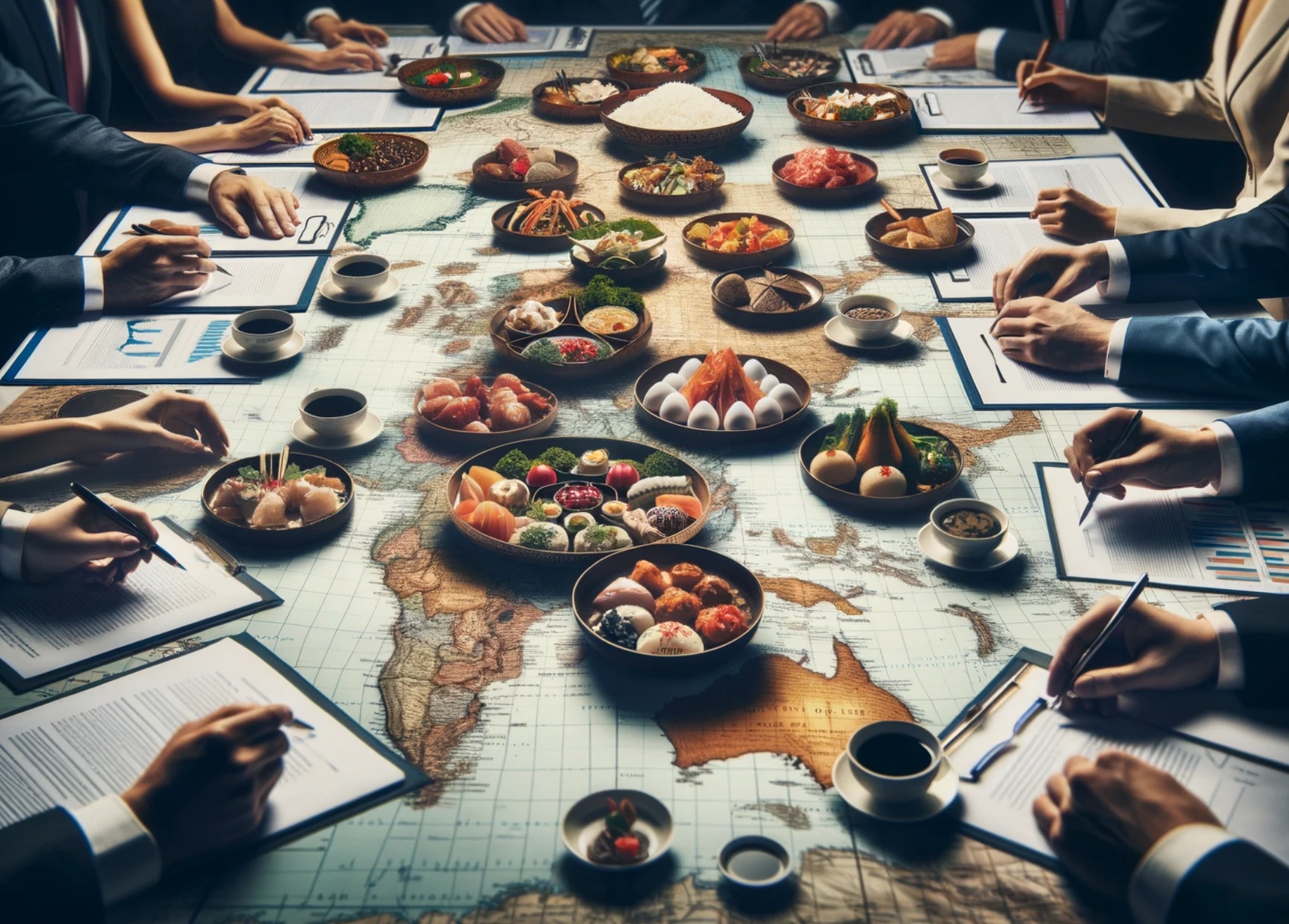
These cultural exchanges emphasize the power of food in bridging cultural divides.
By sharing meals, stories, and traditions, they contribute to a deeper cultural understanding and the dismantling of preconceived notions, showcasing the unifying power of gastronomy in international relations.
Geopolitical Analysis of Gastronomic Diplomacy
Gastronomic diplomacy, while serving as a bridge between cultures, is deeply intertwined with the geopolitical landscape, influenced by regional foods, natural resources, trade routes, and associated complications. Let’s look at how these elements shape the practice and effectiveness of food diplomacy, highlighting both its potential and the challenges it faces on the global stage.
Regional Foods and Natural Resources
The availability of natural resources and regional foods plays a critical role in shaping a country’s culinary identity and its diplomatic outreach. Countries rich in unique ingredients or specific culinary traditions have an advantage in promoting their cultural heritage through gastronomy.
For instance, Italy’s olive oil, France’s wine regions, and Japan’s seafood are not just dietary staples but also diplomatic tools that showcase their rich culinary traditions and natural endowments. However, this reliance on specific resources also exposes countries to vulnerabilities related to climate change and environmental degradation, which can threaten the sustainability of their culinary heritage and, by extension, their gastronomic diplomacy efforts.
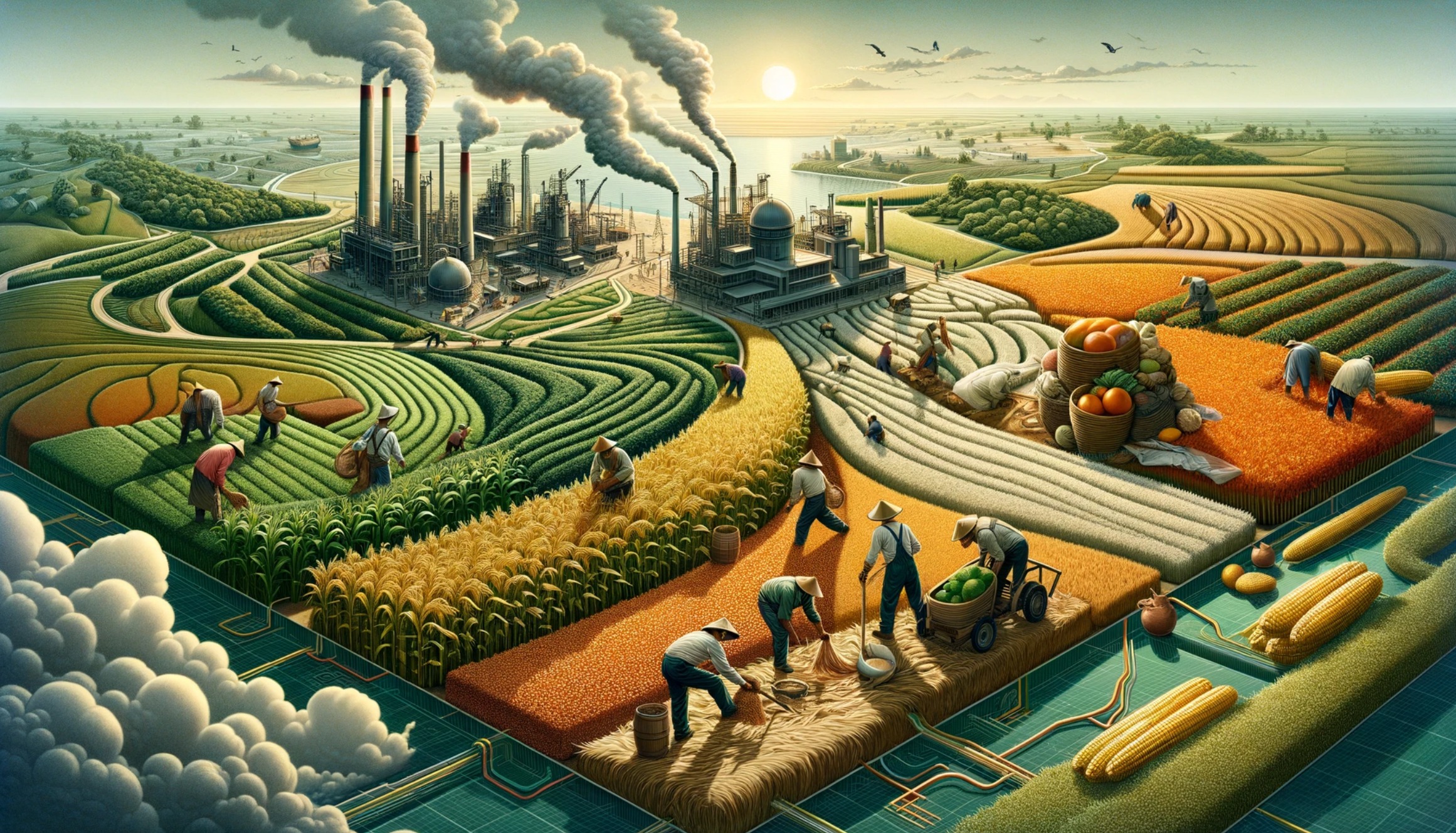
Trade Routes
Historical and contemporary trade routes have facilitated the exchange of ingredients, culinary techniques, and food culture, enriching global gastronomy. The Silk Road, for example, was instrumental in spreading ingredients like spices, tea, and rice, which became integral to the cuisines of many regions. Today, modern trade agreements continue to influence food diplomacy, with countries leveraging their culinary exports as a means of strengthening trade relationships and economic ties. Trade disputes can complicate gastronomic diplomacy, as seen in cases where tariffs are imposed on key ingredients, affecting both the availability of foods and the relationships between trading partners.
Complications in Food Diplomacy
Despite its potential to foster cultural understanding and cooperation, gastronomic diplomacy is not without its complications. Issues such as food security, intellectual property rights related to traditional foods, and the ethics of food sourcing can become contentious in international relations. For instance, disputes over the origins of certain dishes or the appropriation of culinary traditions without proper acknowledgment can lead to tensions between countries.
Furthermore, the global competition for scarce natural resources, such as water and arable land, can impact food production and trade, influencing diplomatic relations and negotiations.
Moreover, the globalized food market can lead to homogenization, where dominant food cultures overshadow local culinary traditions, eroding cultural diversity and complicating efforts to promote national cuisines on the international stage. This not only affects the authenticity of the culinary experience but also raises concerns about the preservation of cultural heritage.

Navigating Challenges
To navigate these challenges, countries engaging in gastronomic diplomacy must adopt strategies that promote sustainability, respect for cultural heritage, and equitable trade practices. Collaborative international efforts, such as UNESCO’s Intangible Cultural Heritage list, can offer a platform for recognizing and protecting culinary traditions. Additionally, bilateral and multilateral agreements that ensure fair trade practices and protect geographical indications can help mitigate some of the complications faced in gastronomic diplomacy.
Conclusions
- Yes, food is a fantastic tool for diplomacy in many ways!
- Gastrodiplomacy connects cultures, traditions, and historic geopolitical challenges.
- In our globalized world where recipes are shared at light speed on social media, diplomacy through cuisine will prevail through the centuries.
References
- Nye, J. S. (2004). Soft Power: The Means to Success in World Politics. Public Affairs.
- UNESCO. (2013). Washoku, traditional dietary cultures of the Japanese, notably for the celebration of New Year. https://ich.unesco.org/en/RL/washoku-traditional-dietary-cultures-of-the-japanese-notably-for-the-celebration-of-new-year-00869
- U.S. Department of State. (n.d.). Diplomatic Culinary Partnership. https://www.state.gov/diplomatic-culinary-partnership-program/
- Parasecoli, F. (2022, 22 agosto). How countries use food to win friends and influence people. Foreign Policy. https://foreignpolicy.com/2022/08/20/food-diplomacy-countries-identity-culture-marketing-gastrodiplomacy-gastronativism/
- Communications, N. W. (s. f.). Culinary diplomacy: Make food, not war. https://www.nyu.edu/washington-dc/dc-dialogues/events-by-year/2015/culinary-diplomacy–make-food–not-war.html
- ChatGPT. (n.d.). OpenAI. https://chat.openai.com/#





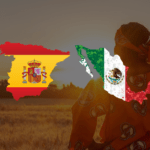



No responses yet